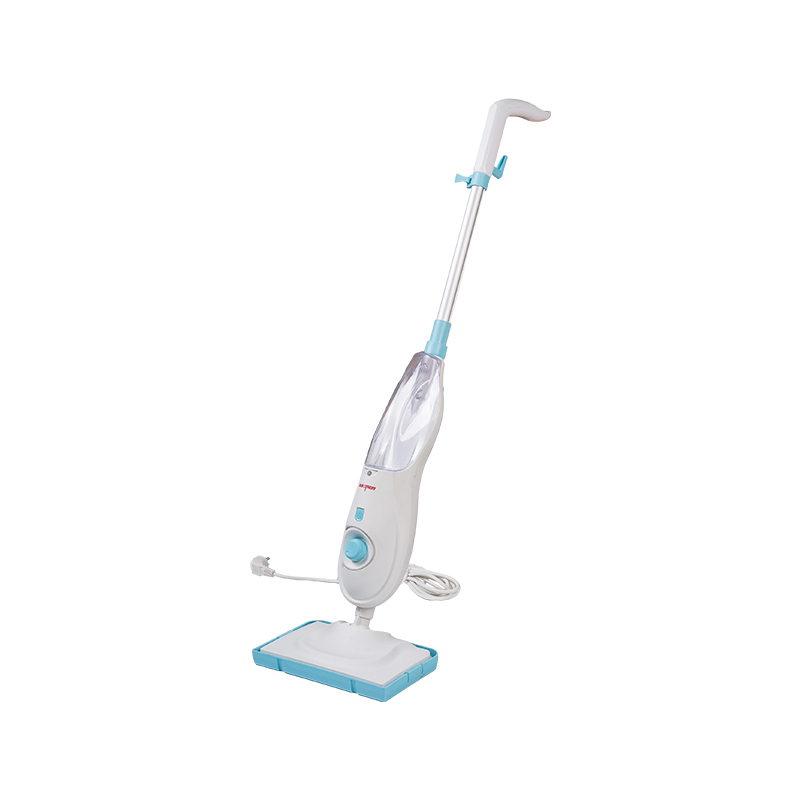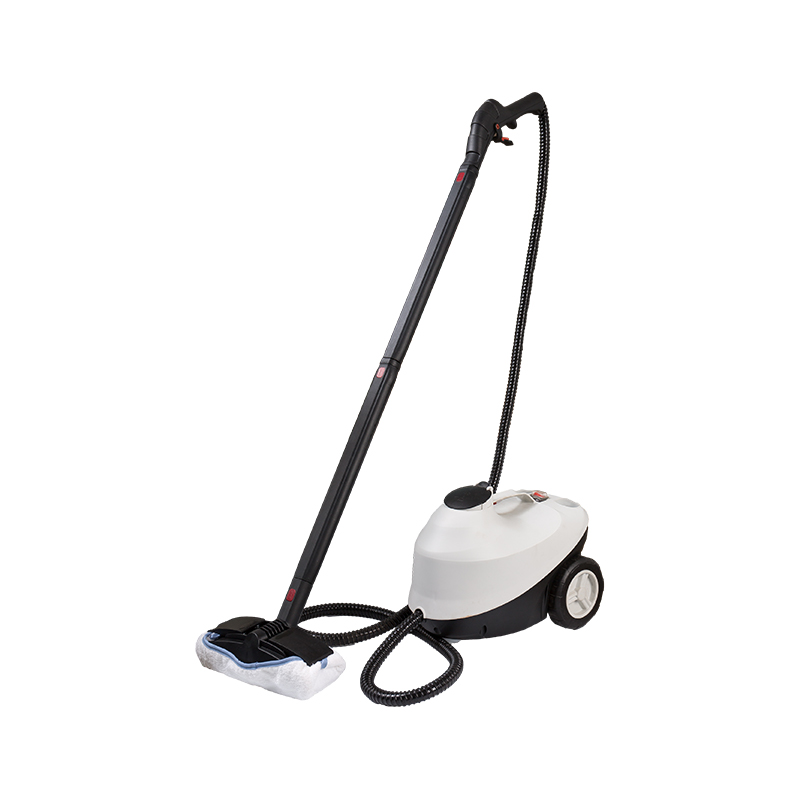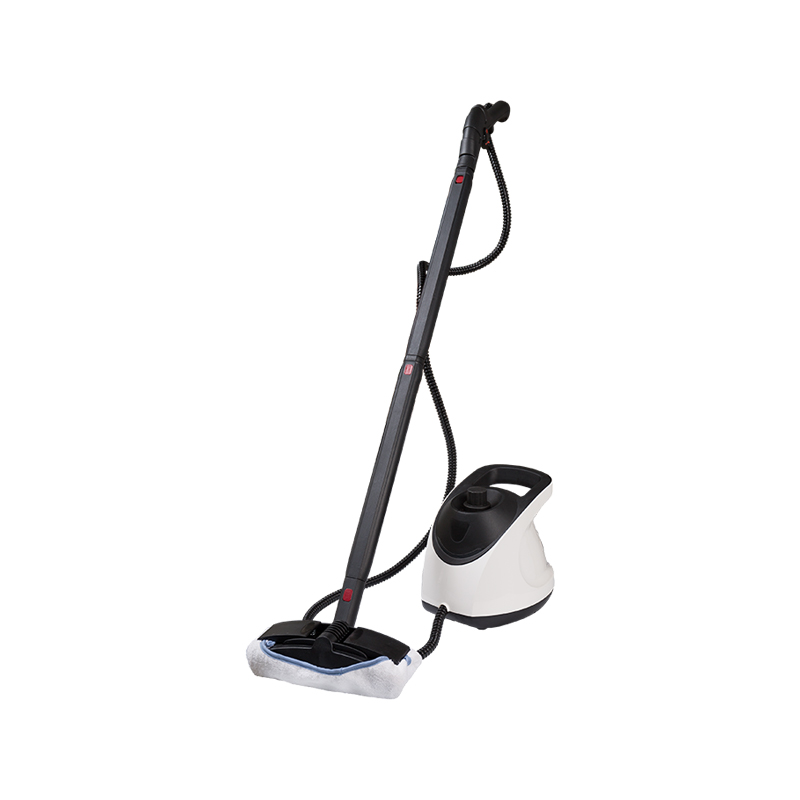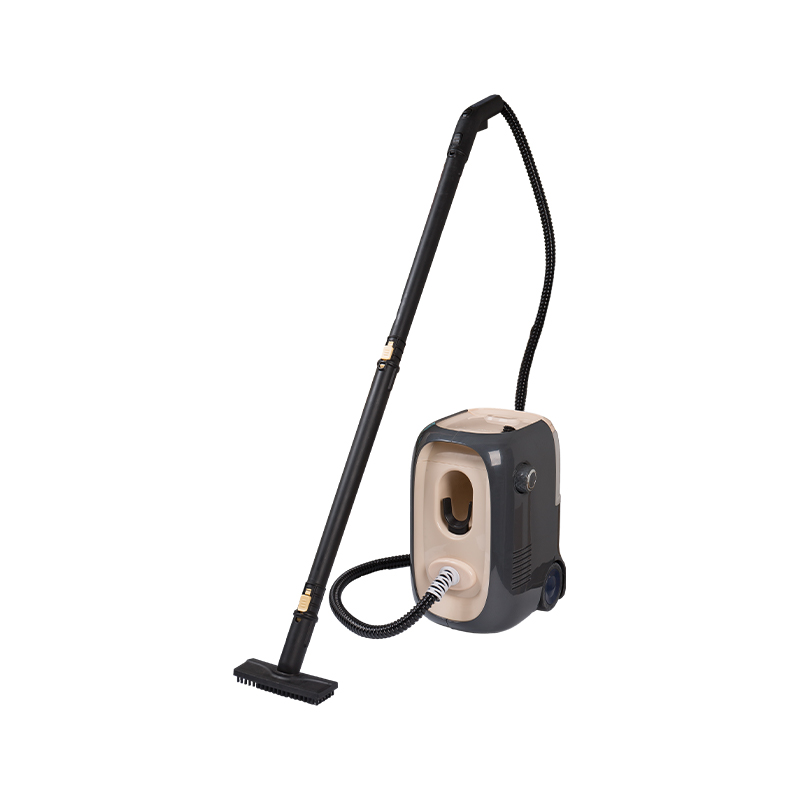-
Phone: +86-13282120735
-
Tel: +86-0571-58307962
-
Fax: +86-0571-58307999
-
E-mail: jy@hzkelong.cn
-
ADD:The Southern Industrial Development Area, Meicheng Town, Jiande City,Zhejiang, China

Are Floor Steam Mops Effective for Cleaning Grout?
When it comes to keeping floors spotless, few tools promise convenience like Floor Steam Mops. They use high-temperature steam to lift dirt and sanitize surfaces without harsh chemicals, making them a popular choice for eco-conscious homeowners. Yet, one common question persists: are Floor Steam Mops truly effective for cleaning grout? Grout, the porous material between tiles, is notorious for trapping dirt, stains, and bacteria. To determine whether steam mops are up to the task, it’s important to understand how they work, what results they can realistically achieve, and the precautions users should take when cleaning grout lines.
1. Understanding How Floor Steam Mops Work
Floor Steam Mops operate by heating water inside a reservoir until it turns into steam, which is then released through a cleaning pad. The steam softens dirt and grime, while the mop pad lifts it from the surface. Unlike traditional mops that rely on detergents or scrubbing, Floor Steam Mops rely mainly on heat and moisture to clean and disinfect.
Most models can reach steam temperatures of around 200°F (93°C) or higher, which is hot enough to loosen debris, kill many types of bacteria, and cut through residue on hard surfaces. This makes them particularly appealing for cleaning tile floors, sealed stone, and other moisture-resistant materials.
However, grout presents a unique challenge. It is typically made of a cement-based material that is porous and rougher than the tiles surrounding it. Over time, it can absorb oils, soap scum, and grime that regular mopping can’t remove. This is where steam mops may offer some benefits—but also some limitations.
2. How Steam Affects Grout
The effectiveness of Floor Steam Mops on grout depends largely on the condition and type of grout. When the grout is sealed and in good shape, the steam can safely loosen dirt without causing damage. The heat penetrates small pores and softens embedded residue, which the mop pad can then absorb. In many cases, users report noticeable improvements in the brightness and cleanliness of grout after consistent use.
However, grout that is old, cracked, or unsealed may react differently. Because steam introduces both heat and moisture, it can potentially weaken deteriorating grout or force water into its pores. Over time, this may lead to slight erosion or contribute to mold growth if moisture becomes trapped. Therefore, while Floor Steam Mops can be effective for maintaining grout, they are best used with caution, especially on older installations.
3. The Science Behind Steam Cleaning Grout
The cleaning power of steam lies in its thermal energy. When steam comes into contact with a cooler surface, it condenses into water, releasing heat energy that loosens bonds between dirt particles and the surface. On grout lines, this helps break down organic matter, soap scum, and oily residues that accumulate over time.
Steam also offers a mild sanitizing effect. Research has shown that high-temperature steam can kill up to 99.9% of common household bacteria on hard surfaces, such as E. coli and Staphylococcus aureus. This is particularly useful in bathrooms and kitchens where grout can harbor microorganisms due to constant exposure to moisture.
However, it’s worth noting that steam alone cannot remove discoloration caused by deep staining or mineral deposits. While it can loosen surface grime, heavily stained grout may still require specialized cleaning agents or a professional deep-cleaning service to restore its original appearance.
4. The Right Way to Use Floor Steam Mops on Grout
Using Floor Steam Mops for grout cleaning requires the right technique and preparation. Following proper steps can ensure effective cleaning while minimizing the risk of damage:
Step 1: Inspect and Prepare the Area
Before steaming, examine the condition of the grout. Avoid using steam if the grout is cracked, crumbling, or missing sections. Clean the area with a dry cloth to remove loose debris or dust.
Step 2: Vacuum or Sweep the Floor
Steam mops work best on debris-free surfaces. Sweeping or vacuuming prevents dirt particles from being spread around or ground into grout lines during steaming.
Step 3: Choose the Right Mop Head
Most Floor Steam Mops come with interchangeable heads. For grout cleaning, a narrow or concentrated nozzle attachment can direct steam into grout lines more effectively than a flat floor pad.
Step 4: Move Slowly and Evenly
Steam needs time to loosen grime. Move the mop slowly over grout lines to allow the heat to penetrate. Avoid lingering too long in one spot, as excessive heat may damage tile adhesive or the grout itself.
Step 5: Wipe Residue Immediately
After steaming, use a microfiber cloth or clean mop pad to wipe up the loosened dirt before it resettles.
Step 6: Reseal Grout (If Applicable)
After deep cleaning, resealing grout can prevent future staining and moisture absorption. Sealed grout is easier to maintain with periodic steam cleaning.

5. Advantages of Using Floor Steam Mops on Grout
There are several compelling reasons why Floor Steam Mops are a practical choice for grout maintenance:
a. Chemical-Free Cleaning
Unlike harsh grout cleaners that rely on acids or bleach, steam cleaning uses only water. This makes it safer for homes with children or pets and environmentally friendly.
b. Effective on Light to Moderate Grime
Steam is powerful enough to remove surface-level dirt and light stains, helping to maintain grout’s color and cleanliness over time.
c. Sanitization Benefits
The high temperature of steam can kill germs, bacteria, and mold spores commonly found in grout joints, contributing to a healthier indoor environment.
d. Versatility
Floor Steam Mops can be used across multiple floor types—such as tile, sealed stone, and vinyl—making them a convenient all-in-one cleaning tool.
e. Less Physical Scrubbing
Steam softens dirt so effectively that users can clean grout with minimal effort, reducing the need for vigorous brushing.
6. Limitations and Precautions
While Floor Steam Mops are useful, they are not without limitations when it comes to grout cleaning. Understanding these helps set realistic expectations:
a. Not Suitable for Unsealed or Damaged Grout
Steam can drive moisture into porous grout, especially if unsealed. Over time, this can cause cracks or promote mildew growth.
b. Limited Stain Removal
Deep-set stains caused by dyes, rust, or mold infiltration may not respond fully to steam alone. Targeted grout cleaners or manual scrubbing may still be needed.
c. Potential for Overheating
Using the mop in one area for too long can overheat the grout or damage tile adhesives. Always keep the mop moving.
d. Maintenance Requirement
To keep Floor Steam Mops performing effectively, they must be descaled periodically (especially in areas with hard water) to prevent mineral buildup that could block steam flow.
e. Possible Tile Sensitivity
Some delicate tile surfaces, especially those made of natural stone like marble or limestone, can be sensitive to heat or water. Always check manufacturer recommendations before steaming.
7. Comparing Steam Cleaning with Other Grout Cleaning Methods
There are several ways to clean grout, each with its advantages and drawbacks. Here’s how Floor Steam Mops compare:
| Cleaning Method | Description | Pros | Cons |
| Manual Scrubbing | Using a brush and cleaner | Deep cleaning control | Labor-intensive |
| Chemical Cleaners | Commercial or homemade solutions | Effective for stains | Can discolor grout or damage tiles |
| Steam Cleaning (Floor Steam Mops) | Heat loosens dirt; pad lifts it | Chemical-free, convenient | Limited for heavy stains |
| Professional Cleaning | High-pressure or industrial steam | Thorough and fast | Expensive, not always needed |
For regular maintenance, Floor Steam Mops are ideal. For severely stained grout, combining steam with manual brushing or seeking professional help may yield better results.
8. Tips to Enhance Grout Cleaning Results with Steam
- Use distilled water in your Floor Steam Mop to prevent limescale buildup.
- Pre-treat tough stains with a baking soda and water paste before steaming.
- Clean in sections to ensure the grout doesn’t dry out before wiping.
- Replace mop pads frequently to avoid spreading dirt.
- Avoid overuse—steam clean grout once or twice a month rather than daily.
By following these tips, homeowners can extend both the life of their grout and their steam mop.
9. Realistic Expectations: What Steam Mops Can and Cannot Do
Floor Steam Mops are excellent tools for maintaining grout cleanliness but are not a cure-all for years of buildup. They can keep grout looking fresh between deep cleans, remove surface grime, and kill bacteria, but they will not restore heavily discolored or deteriorated grout to its original shade.
For older floors with persistent staining, steam cleaning should be viewed as part of a maintenance routine, not a one-time solution. Regular use, combined with proper sealing and periodic deep cleaning, will yield the best long-term results.
10. Conclusion
So, are Floor Steam Mops effective for cleaning grout? The answer is yes—when used correctly and under the right conditions. Steam mops can loosen dirt, kill bacteria, and refresh grout lines without the use of chemicals, making them a convenient and eco-friendly choice for everyday maintenance.
However, their effectiveness depends on factors like grout condition, sealing, and the severity of staining. For light to moderate buildup, steam cleaning can deliver impressive results. For older or deeply stained grout, a combination of targeted cleaning agents or professional services may be necessary.
Ultimately, Floor Steam Mops shine as a maintenance tool rather than a restoration method. With consistent use and proper care, they can help keep grout cleaner, floors healthier, and homes more hygienic—without the hassle or harshness of traditional cleaning methods.







